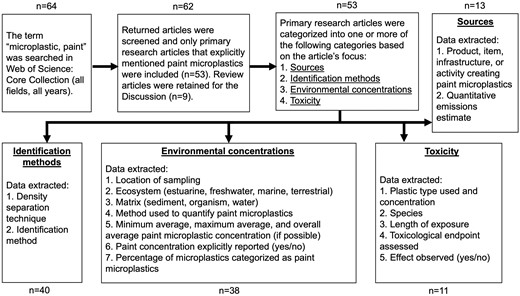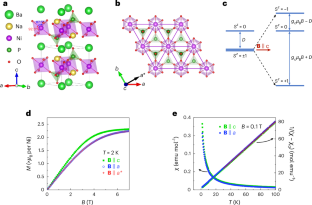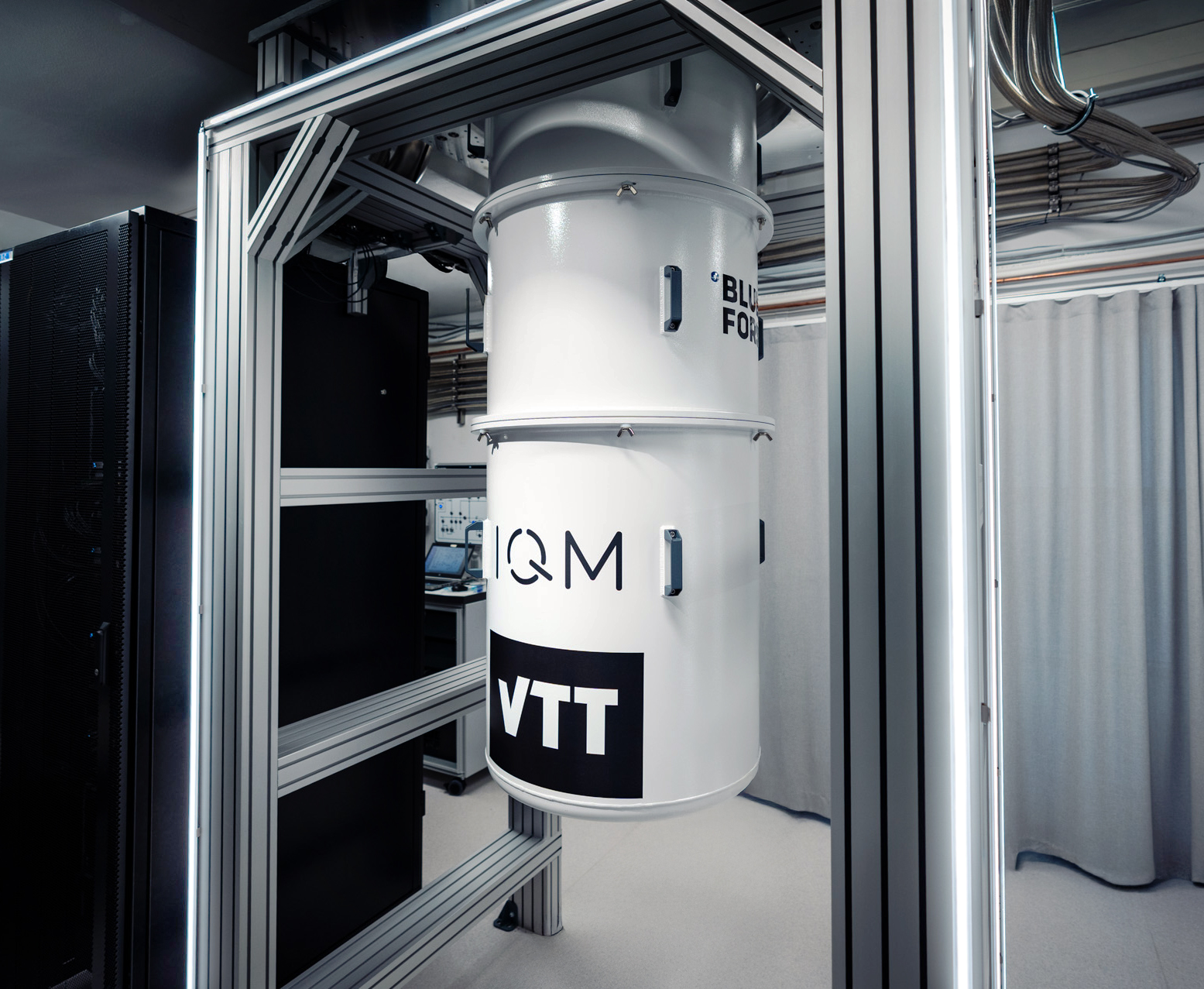2025-03-04 トロント大学(U of T)
<関連情報>
- https://www.utoronto.ca/news/u-t-environmental-scientists-highlight-role-paint-microplastic-pollution
- https://academic.oup.com/etc/article/44/1/26/7942808
塗料:マイクロプラスチックのパズルの、どこにでもあるのに無視されている部分 Paint: a ubiquitous yet disregarded piece of the microplastics puzzle
Zoie T Diana, Yuying Chen, Chelsea M Rochman
Environmental Toxicology and Chemistry Published:06 January 2025
DOI:https://doi.org/10.1093/etojnl/vgae034

Abstract
Microplastics are widespread pollutants. Microplastics generated from the wear and tear of paints and coatings have recently been modeled to be a large source of microplastics to the environment. Yet, studies focused on microplastics broadly frequently overlook paint microplastics. In this article, we systematically reviewed the primary literature (turning up 53 relevant articles) on paint microplastic sources, identification methods, environmental concentrations, and toxicity to model organisms. Examples of sources of paint microplastics include paints from buildings and murals, crafts and hobbies, cars and roads, marine boats and structures, and industrial systems like pipes, sewers, and other infrastructure. Paint microplastics have been quantified in several marine samples from Europe and, to a lesser extent, East Asia. Reported concentrations of paint microplastics are up to 290,000 particles per kilogram of sediments, with the greatest concentration reported near a graffiti wall. Out of the toxicity studies testing paint microplastics, there have been 68 tested effects in total across all endpoints and organisms and 17 quantified lethal concentration 50% doses (ranging from 0.001 to 20 g/L). Of the tested effects, 45 observed endpoint values in the paint treatment were significantly different from the control (66%)—most of which were tests using antifouling paints. Overall, the number of studies on paint microplastics is small, limiting a holistic understanding of microplastics. Based on our synthesis of the state of the science on paint microplastics, we suggest a research agenda moving forward informed by research gaps.



